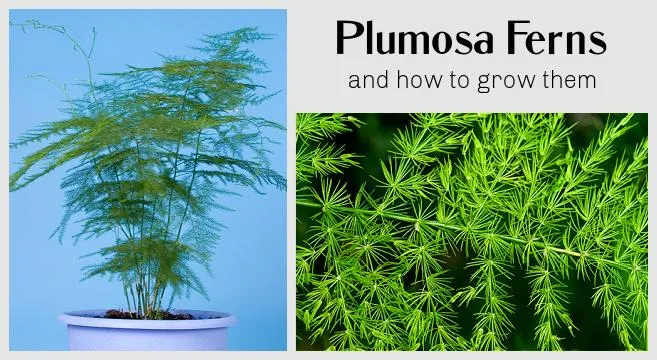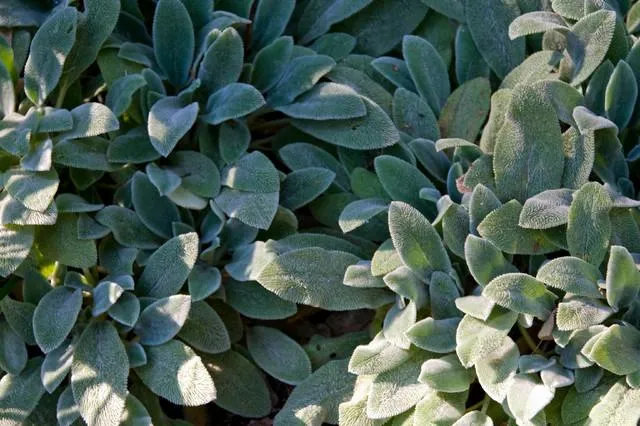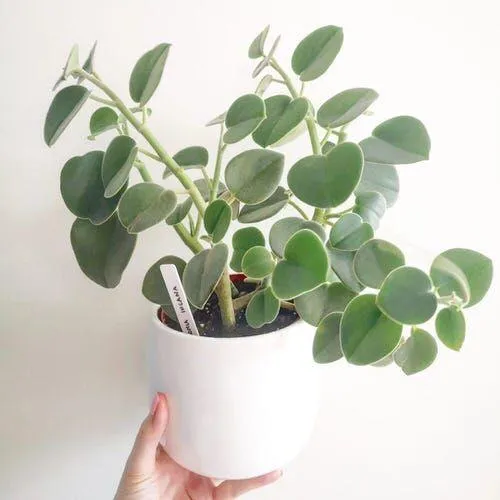Indoor Plants with Soft, Fuzzy Leaves to Add Texture to Your Home
Are you looking to add some interesting texture and visual interest to your indoor spaces? Plants with soft, fuzzy leaves can do just that while also helping to purify the air. In this article, we’ll explore some of the top indoor plant options with soft or velvety leaves and provide tips on caring for them.
Peperomia
Peperomias come in many varieties with leaves ranging from round to heart-shaped. What they have in common is leaves that feel velvety soft to the touch. One popular variety is Peperomia caperata, commonly called Peperomia ruby cocoa vine. Its leaves emerge dark green before turning a handsome burgundy as they mature. I have one cascading from a hanging basket, and the ruby red leaves certainly catch the eye.
Peperomias are quite low maintenance. They prefer bright, indirect light and only need water when the top inch of soil dries out. These plants are pretty forgiving of infrequent watering from someone like me who tends to be lazy about plant care. Their small stature also makes peperomias a great option for tabletops or other spots with limited vertical space.
Calathea
Calatheas are known for their attractive patterns and colors displayed on soft, velvety leaves. Calathea makoyana has dark green foliage splashed with pink and purple undersides. Its ruffled leaves have an almost fuzzy texture. Meanwhile, Calathea medallion’s frond-like leaves feature dark centers surrounded by creamy green, olive, and purple hues.
Calatheas like high humidity, which can be challenging indoors. group them with other plants or use a pebble tray or humidifier. They also appreciate moderate indirect light. Calatheas signal thirst by drooping their leaves, so water when the top inch of soil is dry. Don’t let the soil stay soggy or the leaves may yellow. Dilute fertilizer every few months in the growing season.
Peacock Plant
The peacock plant or Selaginella kraussiana gets its common name from its two colored leaves- silvery/blue on top and rich green underneath. The leaves have a soft, fuzzy feel that resembles feathers. Peacock plants thrive in low to medium light indoors and prefer even moisture in their soil.

These petite ground covers spread to form dense carpets and work well cascading from hanging baskets or tucked into shallow pots. They tolerate dry indoor conditions better than many other foliaged plants. Trimming occasional leggy branches keeps the peacock plant bushy and full.
Fiddle Leaf Fig
While fiddle leaf figs can grow quite large, even juvenile specimens offer softly fuzzy foliage. The broad, deep green leaves have a textured, velvety appearance and feel. These statuesque trees appreciate bright, indirect light and evenly moist soil.
Fiddle leaf figs indicate thirst by drooping their leaves, so water when the top inch of soil starts to dry. They also need occasional fertilizing during the spring and summer growing seasons. These dramatic indoor trees demand a bit more care than smaller plants but certainly provide an impact with their fuzzy foliage.
Dieffenbachia
Perhaps most famous for their variegated and white spotted leaves, dieffenbachia varieties like “Tropic Snow” also have thick, velvety textures. Their leaves emerge bold green before developing creamy stripes or splotches. Commonly called dumb cane, dieffenbachia prefers medium to low light. Allow the top inch of soil to dry between waterings. These plants may need staking as they get taller.
- Peperomias like Peperomia caperata “Ruby Cocoa Vine”
- Calatheas such as Calathea makoyana and Calathea medallion
- Peacock plant or Selaginella kraussiana
- Fiddle leaf fig or Ficus lyrata
- Dieffenbachia varieties like “Tropic Snow”
All of these plants share soft, fuzzy leaves that lend unique textures to indoor spaces. Choose varieties suited to your light conditions and care preferences. With a little TLC, you’ll enjoy their velvety foliage for many months to come.
Caring for Fuzzy-Leafed Plants
While each species may have its own light, water, and fertilizing needs, here are some general tips for thriving fuzzy-leafed indoor plants:

Light: Most do best in medium to low light conditions like indirect sunlight. Position plants a few feet from windows.
Water: Allow the top 1-2 inches of soil to dry between waterings. Check soil moisture rather than following a schedule. Overwatering can cause leaf yellowing.
Humidity: Plants like calatheas appreciate pebble trays, humidifiers, or grouping with other plants. Daily misting also boosts humidity levels around individual plants.
Fertilizer: Apply a diluted liquid houseplant fertilizer monthly during spring and summer growth. Cut back in fall and winter when growth slows.
Pruning: Trim off any damaged, dried, or leggy pieces to promote bushy growth. Deadhead spent flowers to redirect energy.
Cleaning: Occasionally wipe leaves with a damp cloth to remove dust. For stubborn spots, use a mild soap solution and rinse thoroughly.
With some basic care, these velvety-leaved indoor plants can thrive for many months and add visual interest and touchable texture to your home. Experiment to see which varieties suit your growing conditions best from my experiences shared above.

Top 5 Indoor Plants with Soft Fuzzy Leaves
| Plant | Leaf Texture | Care Level | Height |
|---|---|---|---|
| Peperomia | Velvety soft leaves | Low | 6-12 inches |
| Pothos | Shiny and fuzzy leaves | Low | Up to 6 feet |
| Spider Plant | Thick, grass-like leaves | Low | 2-3 feet |
| Wandering Jew | Silky soft oval leaves | Low | Up to 2 feet |
| Chinese Evergreen | Fuzzy oval leaves | Medium | 2-4 feet |
FAQ
-
What kind of plants have soft fuzzy leaves?
Some common houseplants with soft fuzzy leaves include: Peperomia, Coleus, African violets, and Pothos. The soft fuzz acts as insulation and helps these plants retain water in their leaves.
-
Why are the leaves fuzzy?
The fuzzy coating protects the plant’s leaves from losing too much water through evaporation. This comes in handy for plants that grow in hot and dry conditions in nature.
-
Do the fuzzy leaves feel soft?
You bet! The fuzz gives the leaves a pleasant velvet-like texture. Go ahead and gently rub your finger over the leaves – it feels kinda tickly. Just be careful not to rub too hard and damage the fragile fuzzies.
-
Do the plants need special care?
Not really. These fuzzy leaf beauties have similar care needs to other houseplants. Keep the soil moist and place in bright, indirect light. You may want to dust the leaves occasionally because dirt and dust can bunch up in the fuzz. Otherwise, just sit back and enjoy their unique textures!
-
Why are some leaves’ fuzz colored?
The colored fuzz acts as a natural sunscreen of sorts. Perhaps the plant evolved this colorful coating because its native habitat received stronger sunlight. At the same time, the pigmented fuzz simply makes for a more aesthetically pleasing houseplant.
-
Do the fuzzy leavesrepel pests?
It seems the fuzz may play defense too. Insects likely find it uncomfortable to walk on the soft surfaces. Also, pests probably have trouble getting a grip to bite or chew on foliage that feels fuzzy. Maybe the plants use this natural defense as protection from herbivores in their native environments. Who knows – it’s interesting to speculate!
-
Is it normal for new leaves to be less fuzzy?
Yes, that’s pretty normal. Typically the fuzz gets thicker as leaves mature. Immature leaves require less water retention before they establish. So the plant invests less fuzz production into younger foliage. Give it time – the fuzz will thickly coat new leaves as they continue growing.

On the other hand, while fuzzy leaves seem awesomely unique, perhaps some plants just want to keep things simple without extra fuzz production. To each their own – nature shows incredible diversity! Anyway, I hope this lets you appreciate the interesting textures and perks of fuzzy-leaf plants. Let me know if any other questions come to mind.
